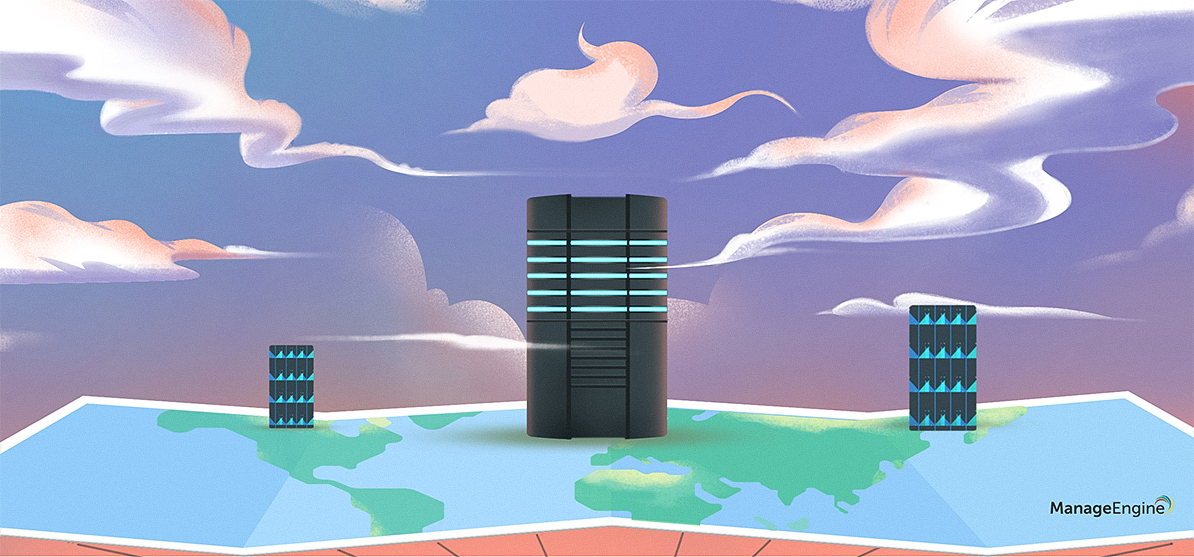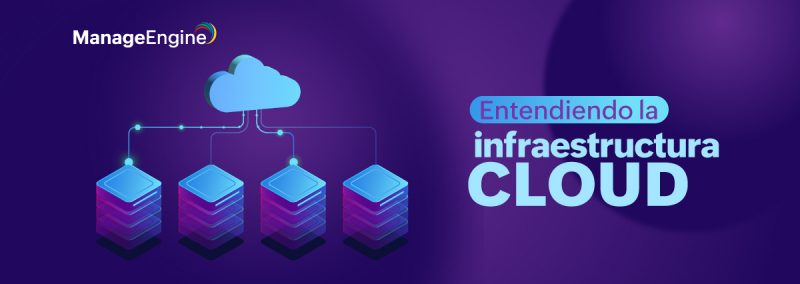Five worthy reads is a regular column on five noteworthy items we’ve discovered while researching trending and timeless topics. Distributed cloud allows organizations to bring cloud computing closer to their location. This week we look at why it’s the future of cloud computing.

Illustration by Balaji KR
Distributed cloud computing enables organizations to distribute cloud services to different geographic locations while the operation and governance remains the responsibility of the cloud service provider. Why is this the future of cloud computing? Having these cloud services in a physically closer location lowers data costs and reduces latency; it also helps service providers build trust with users with increasing privacy concerns.
Organizations using distributed cloud services don’t have to worry about setting up and managing their own private cloud and instead can make full use of public cloud services. Let’s say you work in a research and development facility and would like to migrate certain applications to the public cloud. Regulatory rules mandate that confidential data must be maintained within the country and this involves setting up private clouds to store this data, which can often be too expensive to maintain for many businesses. A distributed cloud architecture allows the public cloud to operate in a client-specified location, in this instance, the country where the data must be stored.
Looking to learn more on distributed cloud computing? Here are five worthy reads on the distributed cloud architecture and why it’s the future of cloud computing.
1. All you need to know about distributed cloud computing
Most organizations use a combination of public and private cloud computing, creating a hybrid cloud. Many small and medium-sized businesses find the cost of setting up public clouds too expensive. Distributed cloud computing helps with this along with other issues. In this story, the author defines the framework of the distributed cloud and points out its pros and cons.
2. Distributed cloud computing: Benefits and Limitations
Having a good understanding of the distributed cloud computing framework is essential in understanding how it will impact the future of cloud computing. This article breaks down the benefits and limitations of distributed cloud computing.
3. Networking’s future is in the distributed cloud
Tech giants such as Google, Microsoft, and Amazon have all acknowledged the role distributed cloud computing will play in shaping the future of enterprises, which, in turn, shapes and customizes the services that these tech giants offer. This article looks at how these organizations are working towards efficiently implementing the distributed cloud model.
4. Multi-Access Edge Computing (MEC) and Distributed Cloud
Edge computing is computing that happens at the edge of a network. It brings the data and computation closer to the required location, reducing costs and increasing bandwidth. In this story, the author uses illustrations to explain the need for edge computing and distributed cloud services.
5. Distributed cloud’s role in the future of work
Deglobalization has swiftly become a trend, especially over the past year and a half. Businesses are facing stringent requirements to handle and process data closer to their locations. In this story, we learn how organizations can reduce latency, minimize network congestion, and potentially eliminate the risk of data loss using a distributed cloud.
According to the Amazon Cloud Adoption Statistics for 2021, almost 85% of organizations are using cloud technology to store information. With the deglobalization trend requiring organizations to handle and process sensitive data closer to their locations, it makes sense for organizations to make use of distributed cloud computing.
